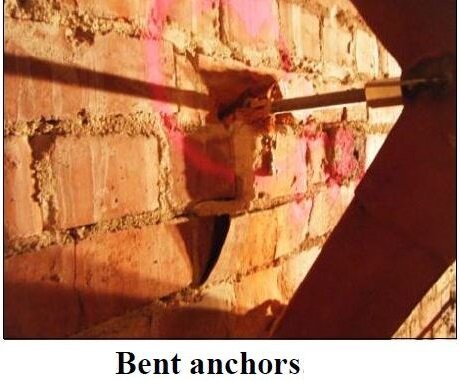Pull-Out Behavior of Adhesive Connections in URM Walls
Earthquake Spectra, 32(4)
Scope and methodology
400 adhesive anchor tested in eleven existing URM buildings in Christchurch, Whanganui and Auckland
Investigate anchor pull-out capacity when subjected to pseudo-static loads.
Compare the performance of anchors installed at an angle of minimum 22.5 degrees and anchors positioned horizontally.
Variables studied: adhesive type, strength of the substrate, embedment depth, anchor diameter, overburden level, anchor rod type, quality of installation and use of metal foil sleeve.
FINDINGS
The ideal breakout of masonry in a roughly conical masonry failure surface was not observed.
Cementitious grout is a suitable anchor adhesive and a detailed installation procedure needs to be developed.
Adhesive anchors oriented horizontally were found to have a higher pull-out capacity and stiffness compared to the bent (22.5 degrees) anchor equivalent;
Increasing the increasing embedment depth, the pull-out-capacity increases and the average bond stress at failure decreases.
Quality assurance in the installation process is critical to achieving an adequate pull-out capacity





